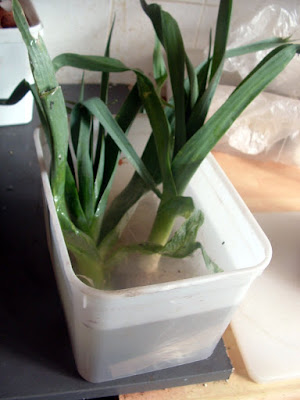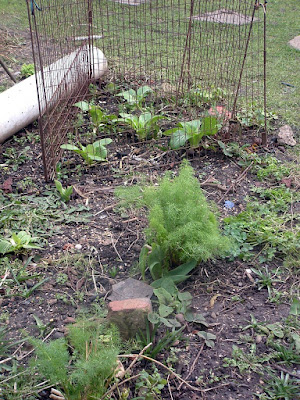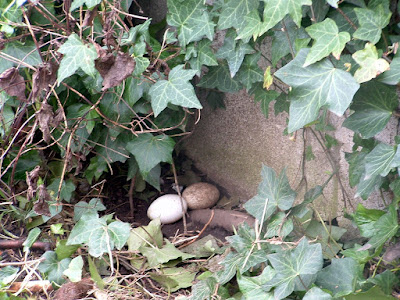 |
| Pinks and yellows and greens, March 2024 |
 |
| We call it the burning bush, March 2024 |
Over the weekend we had one cold day and one warm day, so I did what I could while I could; I transplanted some kohl rabi seedlings from pots to ground in the kitchen garden and extended the insect mesh to protect them from pigeons and ducks (the first several rows have the other end of the mesh, put in place last week). I also planted out a few more late-emerging broad beans at the allotment, and used the newly emptied trays and pots to start some more snap pea seeds; the first tray of these from about two weeks ago are now just sprouting up. I also sowed a few more packets of older seed into large pots en masse, hoping at least some will sprout; these I will prick out individually. As I did with a pot of lettuce seedlings at the weekend.
And as a fun aside, we are down to five squashes from 2023's harvest of 21. Plus about a 2 pound wedge from the sixth squash still in the fridge, hoping to finish within the next day. Those squashes take a lot of eating, but to have them hanging out in the living room for six months and still be just as good as when we picked them really is something.













